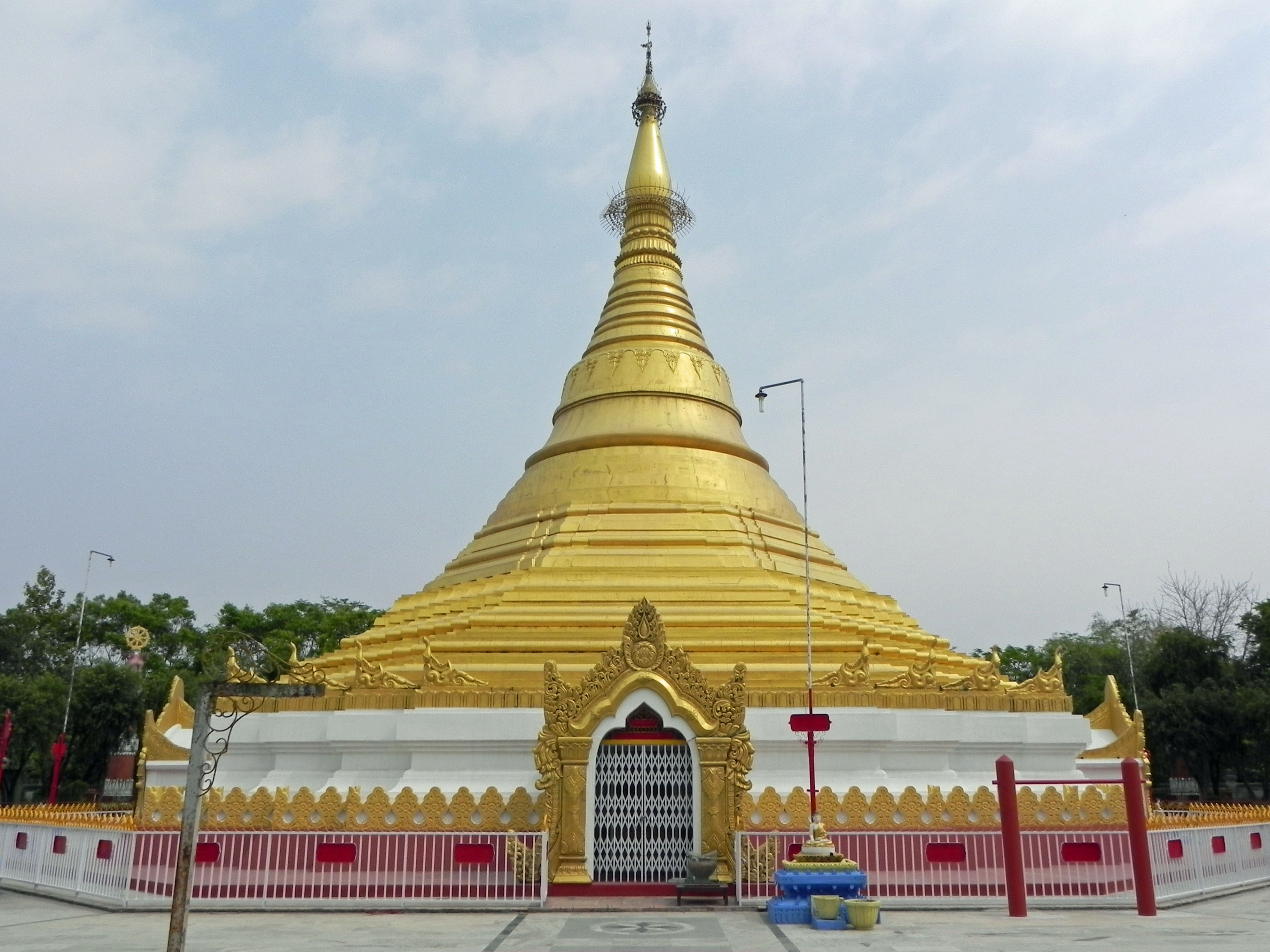It's a pilgrimage site, a UNESCO World Heritage site — and a building site. Lumbini in southern Nepal, less than 10 km from the Indian border, should be a name as familiar as Jerusalem, Bethlehem or Mecca, the holy places of Judaism, Christianity and Islam. It's where, in 563 B.C., the Buddha-to-be, Prince Siddhartha Gautama, was born.
And yet Lumbini feels like a well-kept secret among all but Nepal's nearest neighbors: India, Sri Lanka and China.
In 2010, for instance, there were just 2,151 visitors from Japan, 1,691 from Britain and 1,171 from the United States. Then last year, foreign visitors numbered 129,000 among a total of 600,000 — a figure the Nepalese government's Vision 2020 plan aims to boost to 2 million.



















With your current subscription plan you can comment on stories. However, before writing your first comment, please create a display name in the Profile section of your subscriber account page.